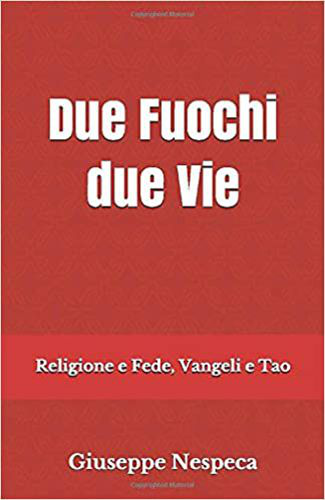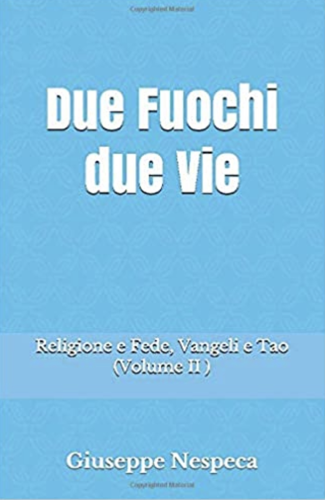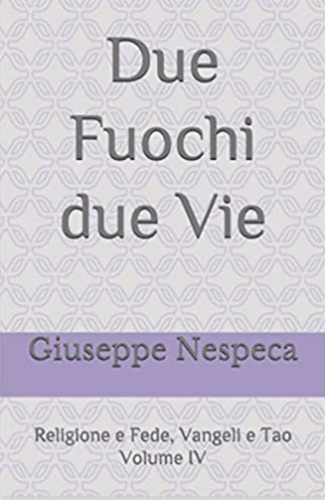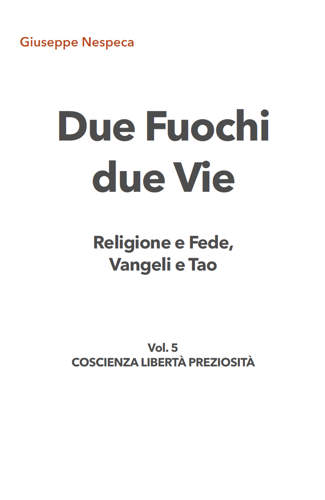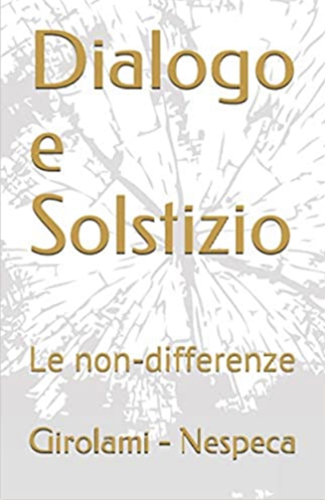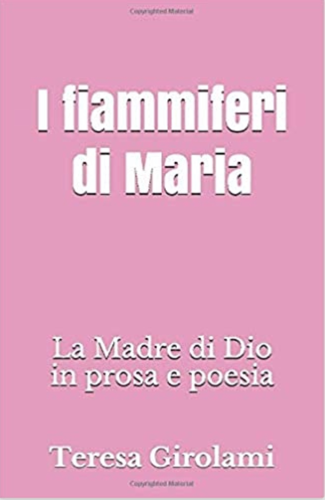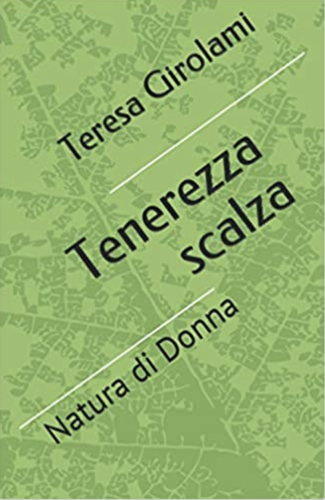Moses then asked God to reveal himself, to allow him to see his face. However, God did not show his face, but rather revealed his being, full of goodness, with these words: “The Lord, the Lord, a merciful and gracious God, slow to anger, abounding in steadfast love and faithfulness” (Ex 34:6). This is the Face of God. This self-definition of God expresses his merciful love: a love that triumphs over sin, covers it, eliminates it. We can always be sure of this goodness which does not abandon us. There can be no clearer revelation. We have a God who refuses to destroy sinners and wants to show his love in an even more profound and surprising way to sinners themselves, in order to always offer them the possibility of conversion and forgiveness.
The Gospel completes this revelation, we heard in the First Reading, because it indicates the point to which God has shown his mercy. John the Evangelist refers to these words of Jesus: “For God so loved the world that he gave his only Son, so that whoever believes in him should not perish but have eternal life” (3:16). In the world there is evil, there is selfishness, there is wickedness, and God could come to judge this world, to destroy evil, to punish those who work in darkness. Instead, he shows his love for the world and for men and women, despite their sin, and sends what is most precious to him: his Only-Begotten Son. Not only does God send him, but he gives him as a gift to the world. Jesus is the Son of God who was born for us, who lived for us, who healed the sick, forgave sins and welcomed everyone. Responding to the love that comes from the Father, the Son gave his own life for us: on the cross God’s merciful love reaches its highest expression. And it is on the cross that the Son of God obtains for us participation in eternal life that is communicated to us with the gift of the Holy Spirit.
[Pope Benedict, St Marino homily 19 June 2011]





